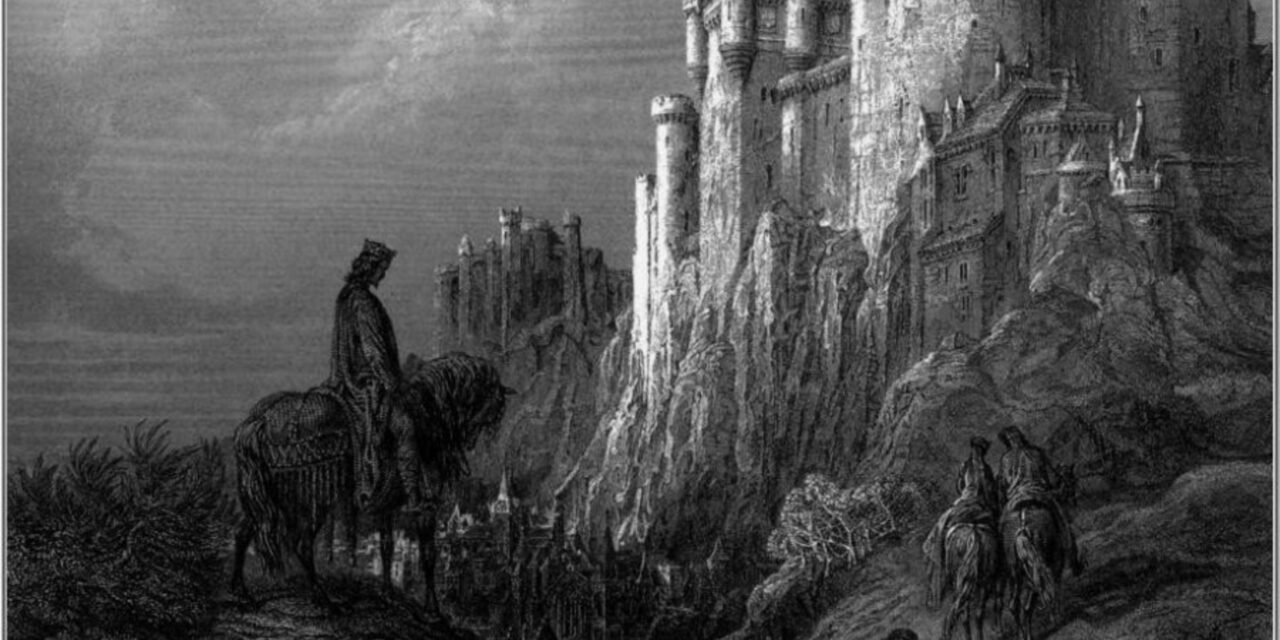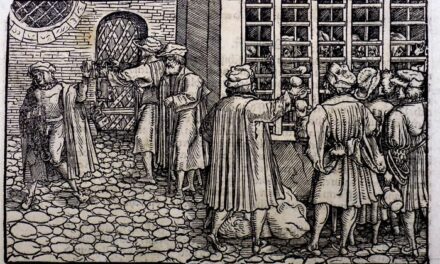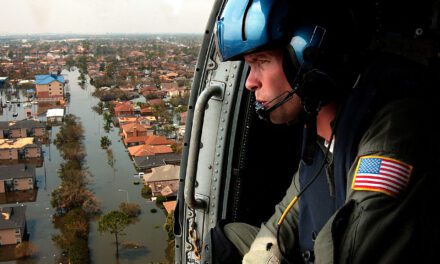History Guild General History Quiz 120
See how your history knowledge stacks up!
Want to know more about any of the questions? Once you’ve finished the quiz click here to learn more.
Have an idea for a question? Suggest it here and we’ll include it in a future quiz!
The stories behind the questions
1. The term ‘Camelot’ is used to refer to which politician’s administration?
John F. Kennedy – The word “Camelot” evokes utopian ideals and high hopes. King Arthur and his knights are supposed to be pure-hearted, chivalrous, and endlessly courageous. In the same way, the Kennedy administration is sometimes remembered as a period of optimism, expanding opportunities, and humanitarian goals.
2. What is Grace O’Malley (1533-1603) famous for?
Her campaign of piracy along the Irish coast – Irish historian and novelist Anne Chambers described her as “a fearless leader, by land and by sea, a political pragmatist and politician, a ruthless plunderer, a mercenary, a rebel, a shrewd and able negotiator, the protective matriarch of her family and tribe, a genuine inheritor of the Mother Goddess and Warrior Queen attributes of her remote ancestors. Above all else, she emerges as a woman who broke the mould and thereby played a unique role in history.”
3. Traders from which country introduced chili peppers to India in the 15th century ?
Portugal – These originated in the Americas. The spread of chili peppers to Asia occurred through its introduction by Portuguese traders, who – aware of its trade value and resemblance to the spiciness of black pepper – promoted its commerce in the Asian spice trade routes. It was introduced in India by the Portuguese towards the end of the 15th century.
4. Which German Auxiliary Cruiser sank the HMAS Sydney in 1941?
Kormoran – HMAS Sydney, with Captain Joseph Burnett commanding, and Kormoran, under Fregattenkapitän Theodor Detmers, encountered each other approximately 106 nautical miles (196 km) off Dirk Hartog Island, WA. Both ships were destroyed in the half-hour engagement. 318 of the 399 sailors on Kormoran survived. While debris from Sydney was found, there were no survivors from her 645-strong complement. It was the largest loss of life in the history of the Royal Australian Navy, the largest Allied warship lost with all hands during World War II, and a major blow to Australian wartime morale.
5. The ancient Greek Olympic games were held every four year over what period of time?
1168 years – Aristotle estimated the date of the first Olympics to be 776 BC, the last recorded games were held under Theodosius I in 393CE.
6. Which was the first disease a vaccine was developed for?
Smallpox – Read more about how we fought deadly diseases.
7. How many Australian Prime Ministers served in the military during WW2?
4 – Harold Holt enlisted in the Army while a Member of Parliament and served as a gunner. John Gorton enlisted in the RAAF and flew Hurricanes out of Singapore and Kittyhawks out of Milne Bay. William McMahon enlisted in the Army, became a Major, and served as quartermaster for II Corps. Gough Whitlam enlisted in the RAAF as a navigator, he was stationed in northern Australia, flying missions protecting convoys and conducting bombing raids.
8. When were newspapers first widely produced?
1650 – Newsbooks and newspapers were published from the early 1600s, but they weren’t published on a regular schedule. The English Civil War escalated the demand for news, with News pamphlets or newspapers published reported the war, often supporting one side or the other. A number of publications arose after the Restoration, including the London Gazette which was first published in 1665 as the Oxford Gazette.
9. What was the first nation to formally adopt Christianity as the state religion?
The Kingdom of Armenia – Armenia became the first country to adopt Christianity about 300CE, when St. Gregory the Illuminator converted the Arsacid king Tiridates III.
10. In which year was Guernica bombed?
1937 – One of the first aerial bombings that caused extensive damage to a city, in 1937 the German and Italian forces supporting Franco’s forces in the Spanish Civil War razed the Basque city of Guernica to the ground.





